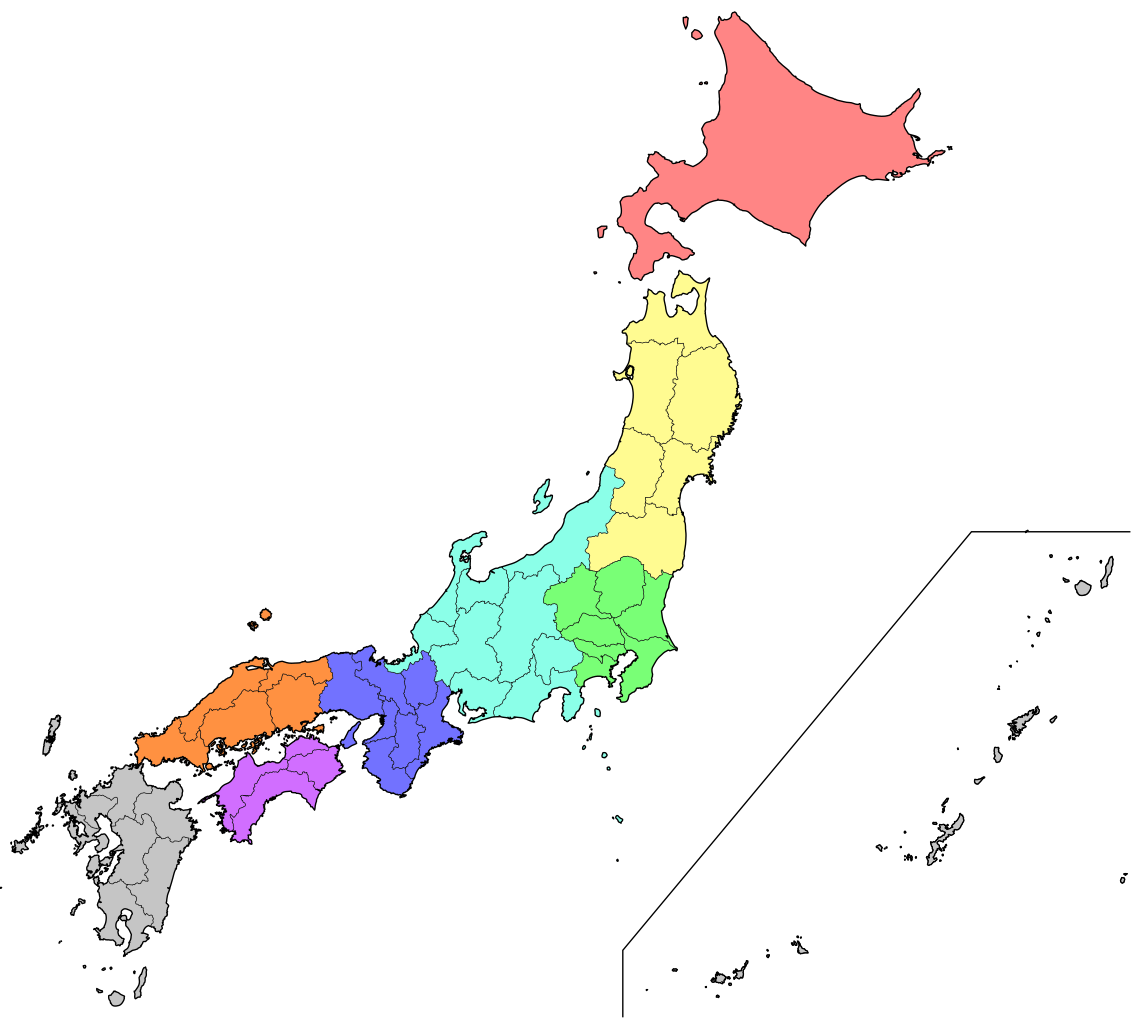Evaluating Statistical and Rule-Based
페이지 정보

본문
Rule-Based Machine Translation uses large datasets of bilingual text to learn patterns. The process begins with developing a comprehensive dictionary that lists individual words and their translations. Additionally, these systems utilize morphological rules that define word modifications. This approach requires a significant investment of time and effort in developing and maintaining the training data. However, it also enables experts to offer more accurate translations as the rules can be tailored to unique language patterns.

On the other hand, Statistical Machine Translation relies large datasets of bilingual text to learn patterns. This method uses mathematical models that identify patterns. The translation models can be trained using various machine learning algorithms. SMT is generally considered to be more practical than RBMT as the models can be retrained to support new languages or domains.
However, SMT may not capture nuances or domain-specific terminology as accurately as RBMT. Since SMT relies on algorithmic frameworks, it may not be able to capture linguistic nuances. Additionally, the quality of the translation processes relies on the quality of the training data.
When deciding between RBMT and SMT, several factors need to be considered. Cost and development time are often a significant concern for many projects; while RBMT may require a larger upfront investment, it generally results in more accurate results. SMT, however, may require more ongoing maintenance and data processing which can add to the overall cost. Another factor to consider is the target language or domain; if the language has a well-documented morphology and a limited vocabulary, 有道翻译 RBMT may be the more appealing option.
Ultimately, the decision between RBMT and SMT depends on the specific needs and resources of a project. While SMT offers more adaptive capabilities and faster processing, RBMT provides more accurate results and reduced maintenance needs. A hybrid approach combining both methods may also be viable for projects requiring high translation accuracy and robust maintenance capabilities.
- 이전글Betonred: Understanding the Properties, Applications, and Benefits of a Durable Building Material 25.06.07
- 다음글Unlocking Content Globalization Secrets 25.06.07
댓글목록
등록된 댓글이 없습니다.

